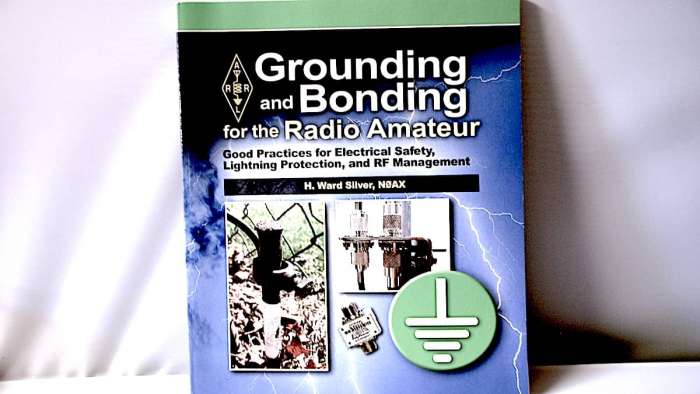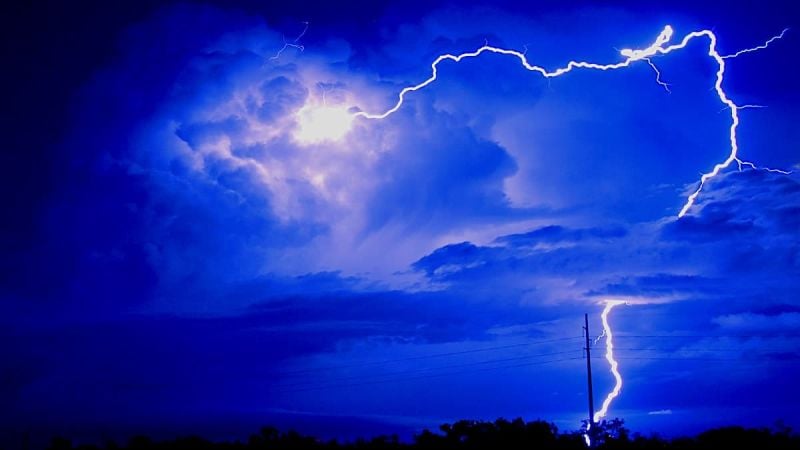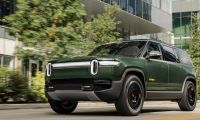EV Battery Maintenance While Away
Until the day arrives when we can count on plug-less EV charging to be just as effective and more convenient than the common plug and play method we use today, we are tethered to using either external charging stations or installing one inside our garage for charging our EVs.
While there are pros and cons to having a charger installed in your home, one special problem came to mind recently after reading an excellent article from Tesla Software Updates titled “What to do with your Tesla when going on vacation” that was posted earlier this week.
The article was focused on the best way to maintain the health of your Tesla battery while away from your car for extended periods of time such as when traveling for business or away on vacation.
The problem with leaving your car for an extended period of time is that of lithium-ion battery degradation that can lead to a weakened battery with a shortened lifespan. In short, “Lithium-ion batteries don't like to remain in a very high, or very low state of charge,” as stated in the article. In addition, they also pointed out that environmental heat is a battery killer as well.
Hence, the problem of how to keep your EV battery in a happy charged state while you are gone and your vehicle is safely locked away in your garage.
For good battery maintenance while stored at home (or at an airport) with a charger on-hand, the article recommends:
• If you can leave your car charging, then absolutely do this, this will make things much easier and let the car control everything itself without you ever having to worry about it.
• Lithium-ion batteries are best stored at around 50% of charge, so set your charge level in the Tesla app or the car to 50%. The car will automatically use some energy when needed to cool or heat the battery, and it'll get this power directly from the power source instead of Tesla's batteries.
• Keep the car in a garage or under a cover if possible, this will help keep your car away from extreme elements such as snow, ice or isolated from heat waves. In general this is just a good.
This is good advice. However, what about if your home is under storm conditions that includes heavy lightning activity while you are away?!
Two Approaches to Lightning Protection
Not only do I like to work on cars, I also dabble in electronics as an Amateur Radio operator. So when it comes to lightning strikes near or at home, my equipment is at risk of being fried beyond repair. And for electric vehicles connected to an in-home charging port…it’s really no different. A lightning stroke possesses thousands of amps of current that can wreak havoc on your home and all of your electronics.
The safest protection manageable is simply to disconnect all of the electronics you truly care about whenever a storm occurs. In my case when it comes to my radios, I physically disconnect all of my rigs, antennas, and even external grounding wires. It’s an annoyance, but it’s cheap and it does work.
However, for EV car owners this is more than an annoyance. In fact, it’s a real problem when you consider that you need to leave your vehicle charging while away for prolonged periods as discussed earlier. So, what do you do?
There are a number of “fixes” that include surge protectors and lighting arrestors out there and they are better than doing nothing and just hoping a lightning strike never occurs. However, those fixes are not fool proof and there’s nothing worse than finding out after a storm that the device did not really work as advertised.
Therefore, I see two approaches that could alleviate almost all risk:
1. A high tech solution involving a remotely controlled in-garage charging station.
2. A lower-tech, but very effective solution aside from a simple DIY lighting protection installation on your roof.
While this article is not a step-by-step how-to due to it would become a book-length article, the point here is to convince you that you can protect your Tesla from lightning and it is doable with the existing tech and knowledge that are easily available. Here is what I see from the two approaches:
Approach #1: High Tech
The growing trend in EVs and homes is going toward full automation. Tesla is huge on this and is continually offering new features that solves difficult problems. Smart Summon for parking is my favorite.
With respect to protecting your EV from lightning while charging in a home garage, ideally you would have a charger in your garage that could automatically and physically connect and disconnect the charger to and from the port on your vehicle. Couple this via a smart phone app that provides a weather warning IM to you so you can control the charging station from anywhere at anytime; or better yet, via a lightning sensor that detects approaching storm activity and automatically disengages the charger from your vehicle until the storm passes and thereby allows you to keep your battery constantly charged.
That said, to demonstrate the possibilities of having this type of an automated charger in your home, here is one video of a creative radio owner who shows his remote antenna connect/disconnect device found in a Simple Machines Forum post about the Antenna Connect/Disconnect for Lightning Protection.
Remote On/Off Antenna Connect/Disconnect for Lightning Protection
Here is a link to the Simple Machines Forum post about the Antenna Connect/Disconnect for Lightning Protection.
As an example of a more automotive related use, I recently posted an article about one Tesla owner who built an automatic EV charger in his garage using a Raspberry Pi microcontroller and some assorted hardware. From the video we can see that his accomplishment could be modified slightly to solve the problem of protecting your Tesla or other EV from lightning while in your garage.
Tesla Automatic Charger
Lightning sensors: There are a few plans out there on how to build lightning sensors that will detect an approaching storm and send you an IM text to your smart phone; however, of the ones I made, all they would respond to was the clicking of a piezo BBQ lighter and my hot water and electric furnace every time they click on and off. Perhaps it’s a frequency issue, but while standing outdoors during a storm mine never worked very accurately. Someone else can do better I’m sure.
Approach #2: Proper Grounding and Bonding
While not as sexy as a high-tech automation solution, having installed a good grounding AND bonding system that will not only protect your EV, but your entire home is a good and proven approach.
Basically, most know lightning protection for your home as an assemblage of conductive rods on your home’s roof with copper cabling to redirect the majority of current from a nearby lighting strike to the ground where it will be safely dissipated. You can buy relatively inexpensive DIY kits for this.
However, just as important as “grounding” is the “bonding” aspect that needs to be implemented as well into your lightning protection.
Bonding is essentially the connecting of all of your electronics together so that any voltage differences are minimized between them and thereby offers a greater degree of protection from an electrical storm or even a power grid surge. Therefore, if you really want to have the best protection---go the extra step by incorporating a grounding/bonding system in your home.
As I said earlier, this is not a step-by-step how-to, nevertheless if you would like to learn exactly how to install a good grounding/bonding system in home, I would highly recommend buying a copy of the book “Grounding and Bonding for the Radio Amateur” by H. Ward Silver. N0AX. This book has all of the answers to any questions you may have about electrical safety and lightning protection as well as guide you on how-to install a good grounding/bonding system in your home.

If you have any recommendations for keeping your EV safe during an electrical storm, please let us know how you do it and how it has worked out for you and your car.
Timothy Boyer is Torque News Tesla and EV reporter based in Cincinnati. Experienced with early car restorations, he regularly restores older vehicles with engine modifications for improved performance. Follow Tim on Twitter at @TimBoyerWrites for daily Tesla and electric vehicle news.
Photo by NOAA on Unsplash












Comments
I worked at Bell Telephone
Permalink
I worked at Bell Telephone Labs for 24 years. I spent the first 5 years measuring and studying the effects of lightning and AC power faults on telephone cables and electronics. We own 2 Teslas and live in Florida where lightning is a common phenomenon. I would be happy to share some of my thoughts on lightning and Teslas, if you are interested.
Particularly with your
Permalink
In reply to I worked at Bell Telephone by George Hawley (not verified)
Particularly with your experience, your thoughts related to lighting and charging a Tesla at home will be appreciated. We use a Tesla Wall Connector for charging.